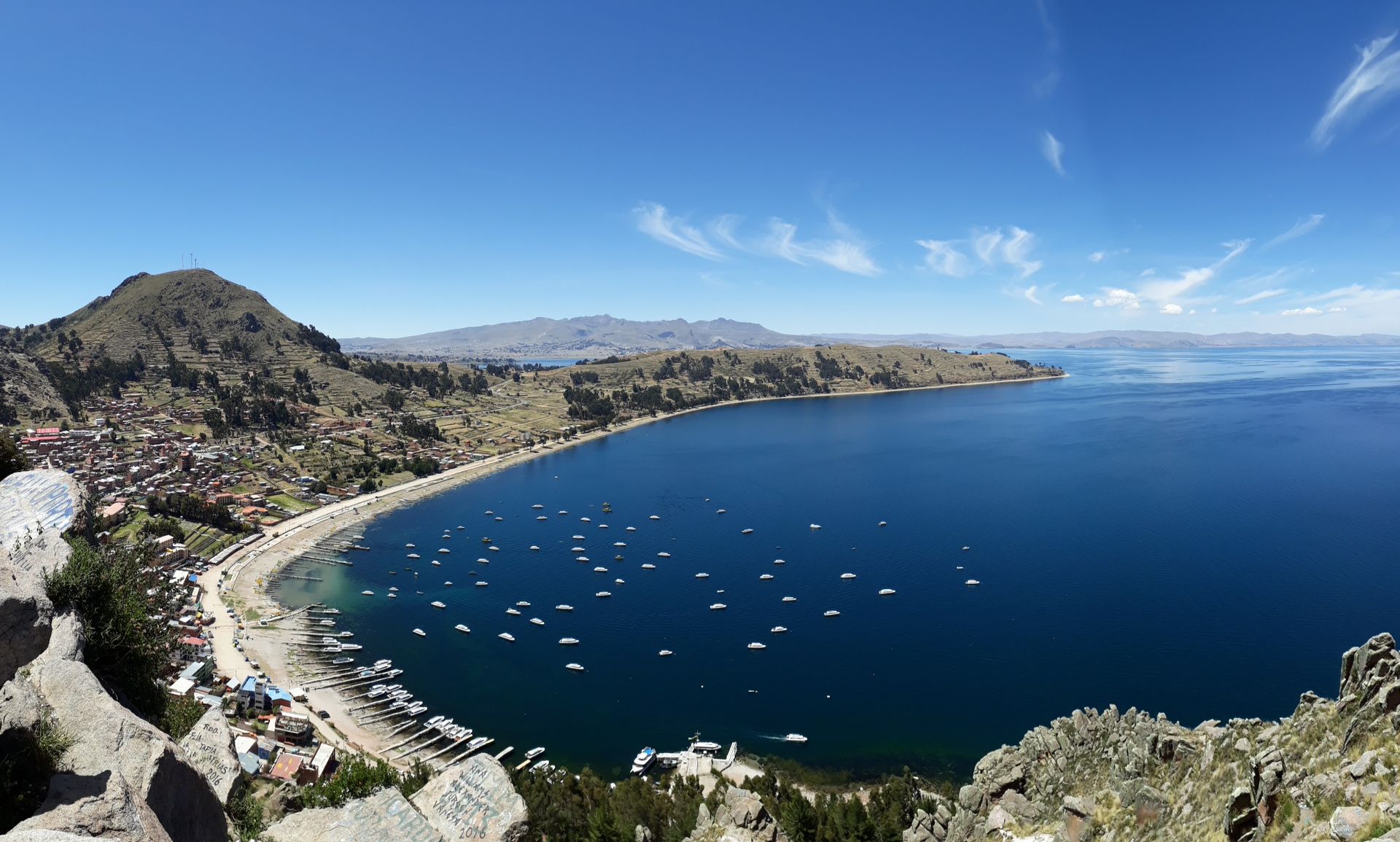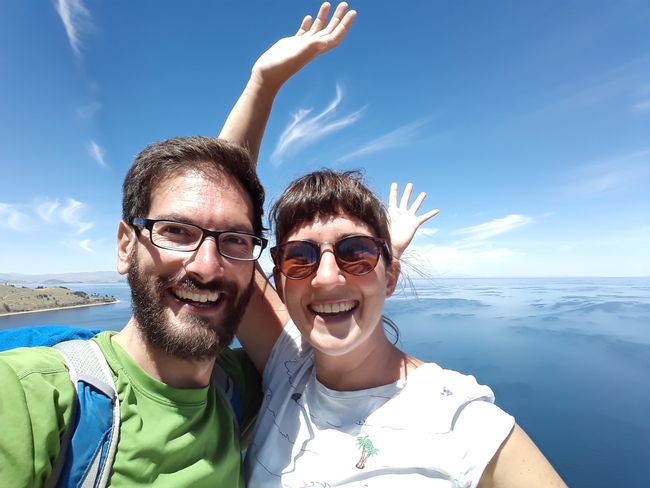Brasil / Brazil - Pantanal
Byatangajwe: 28.10.2017
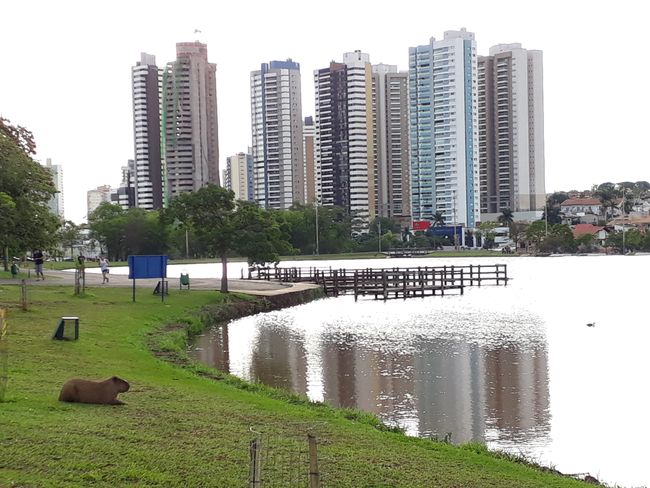
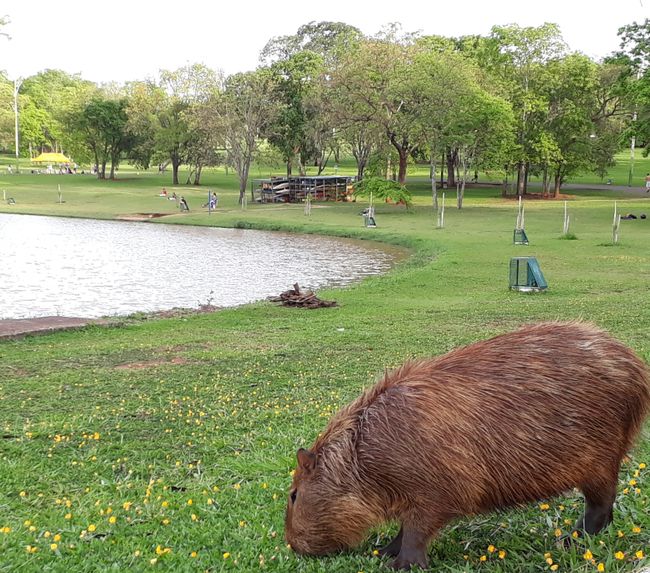
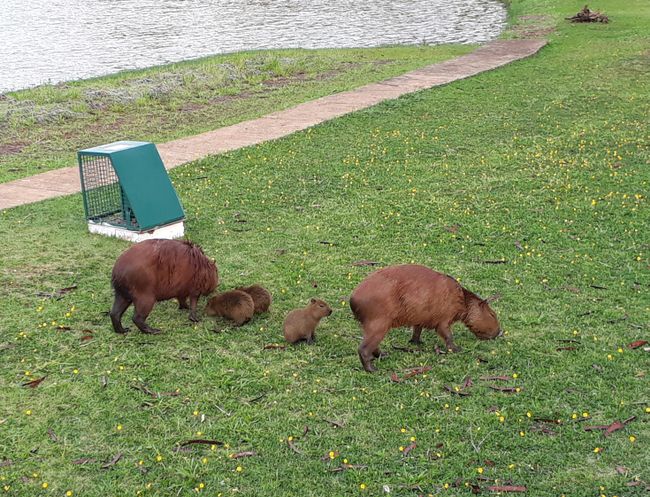
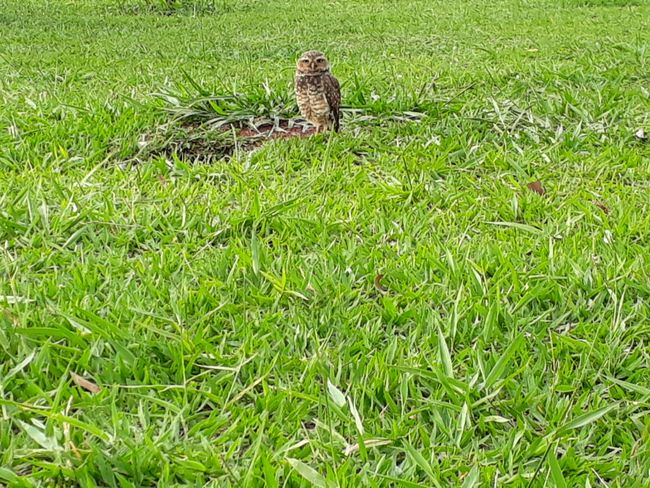
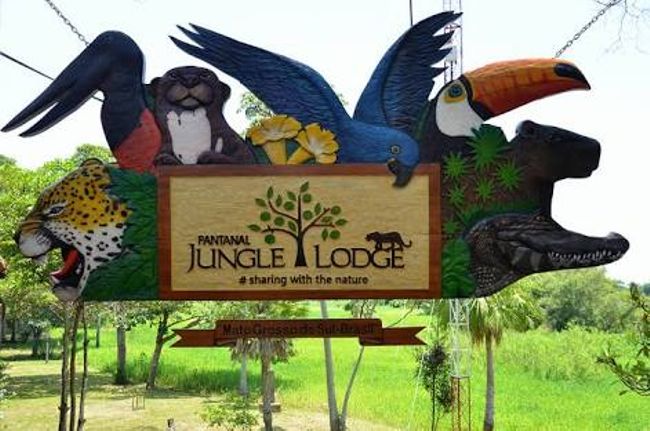
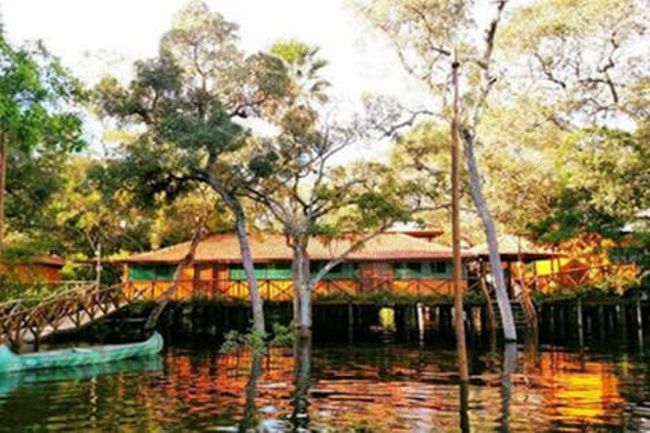
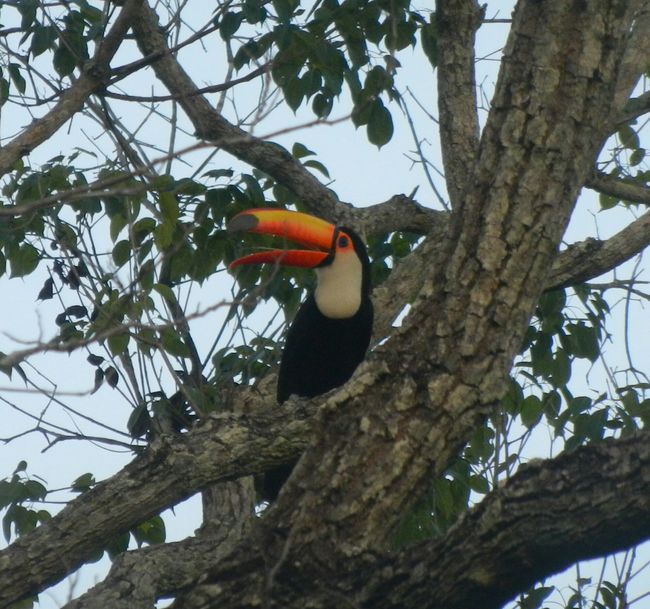
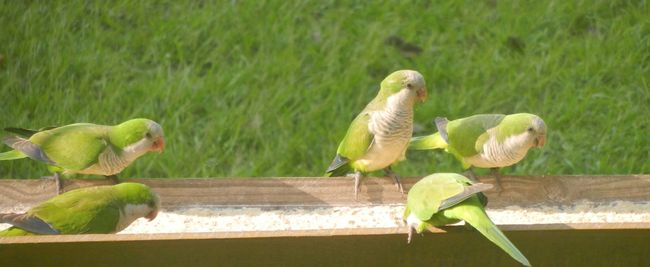
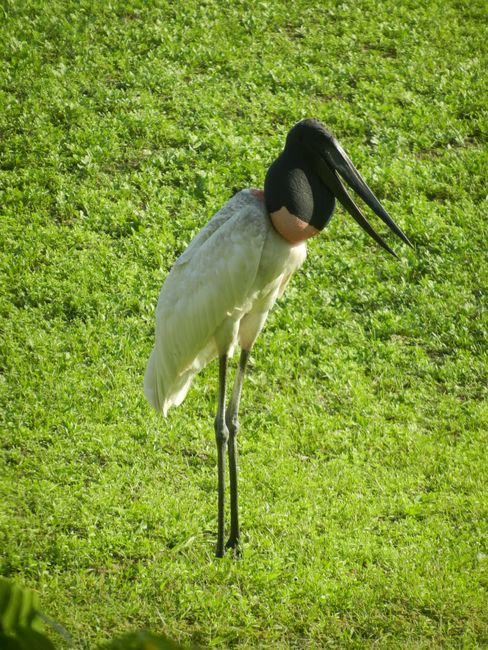
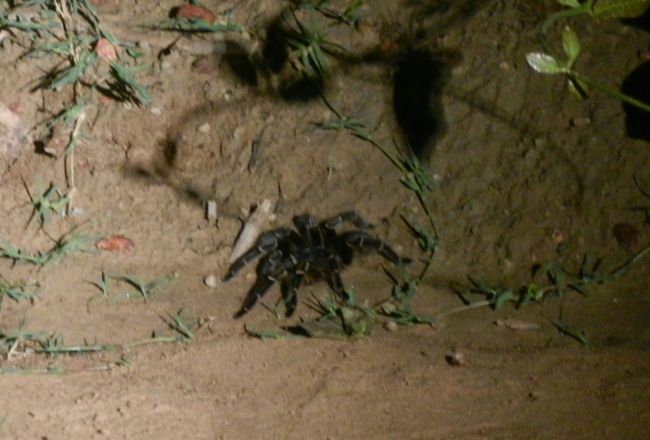
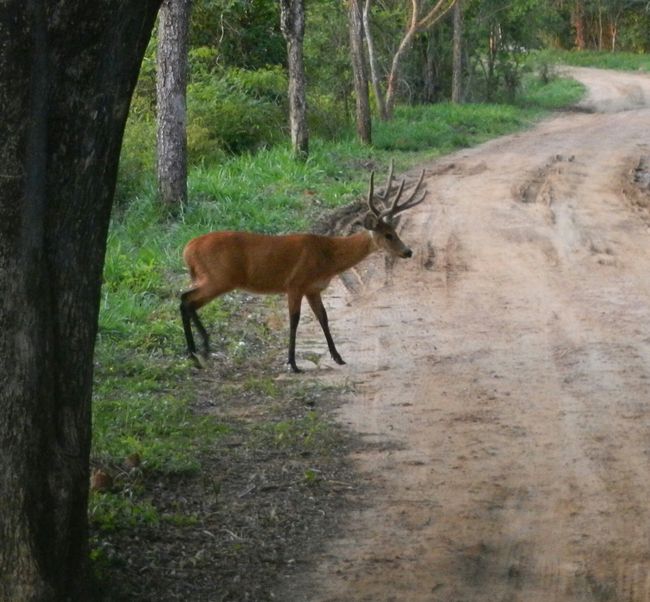
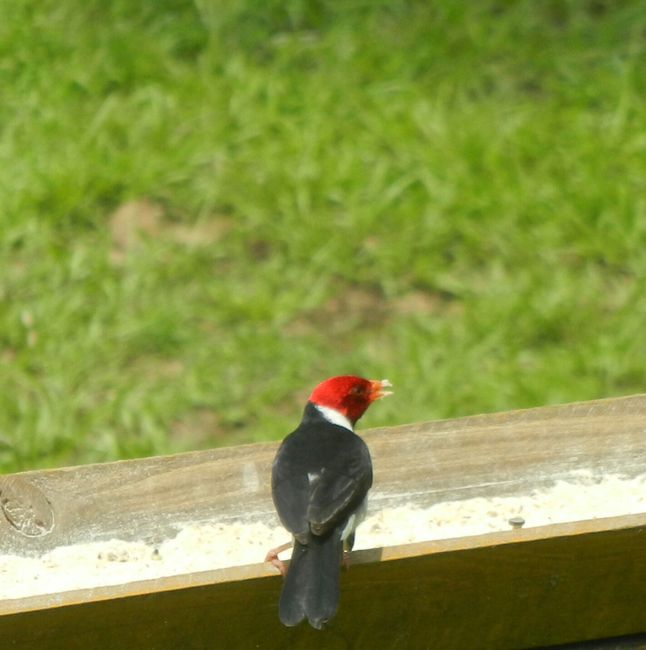
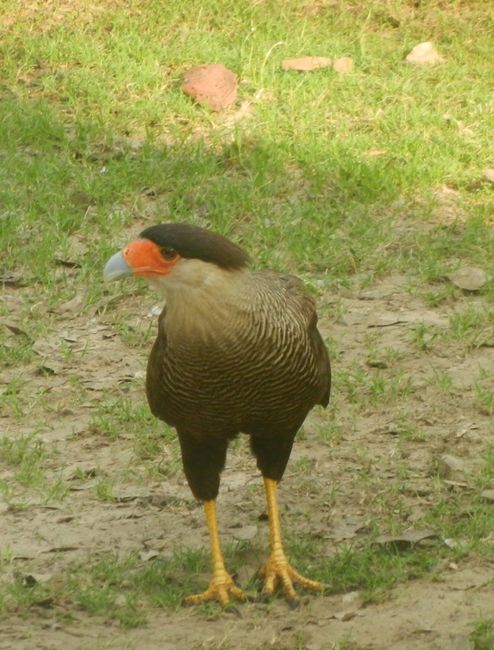
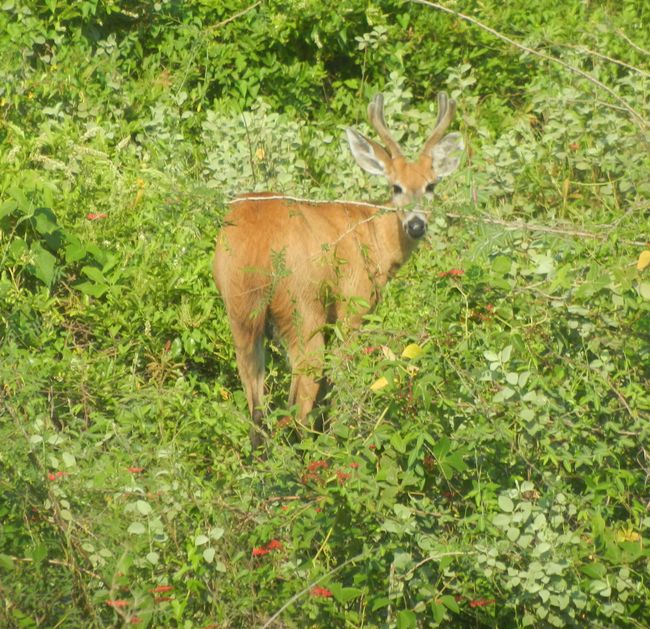
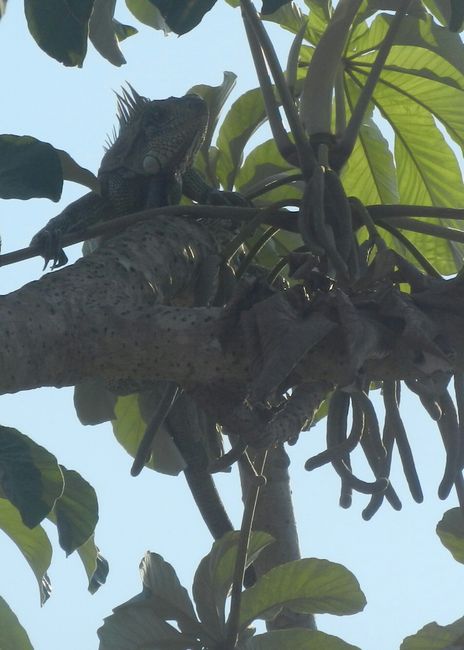
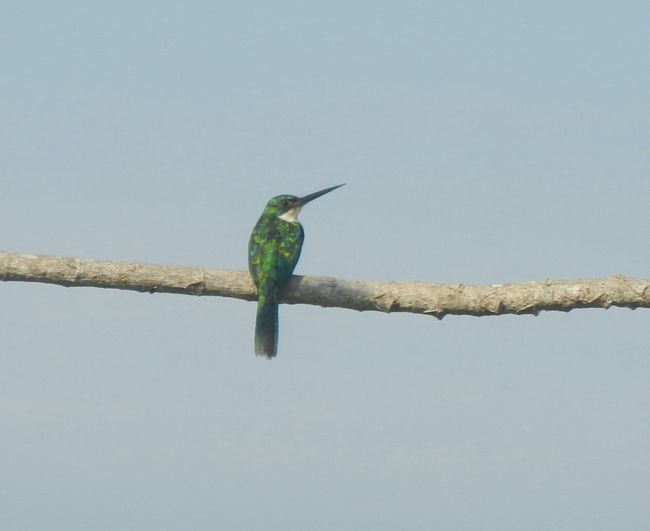
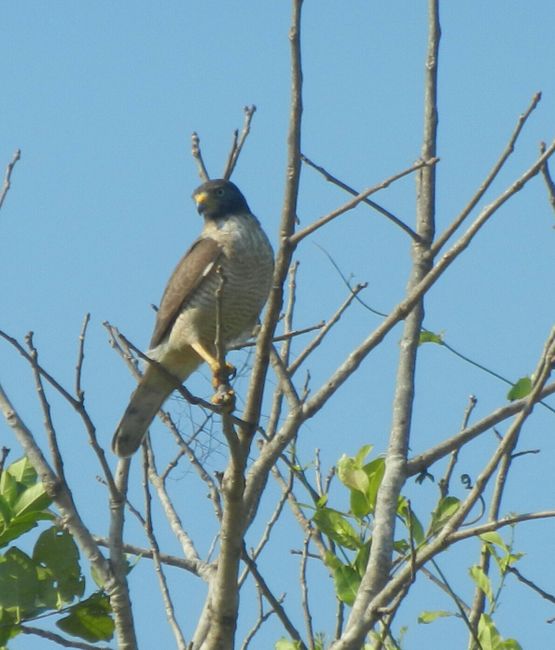
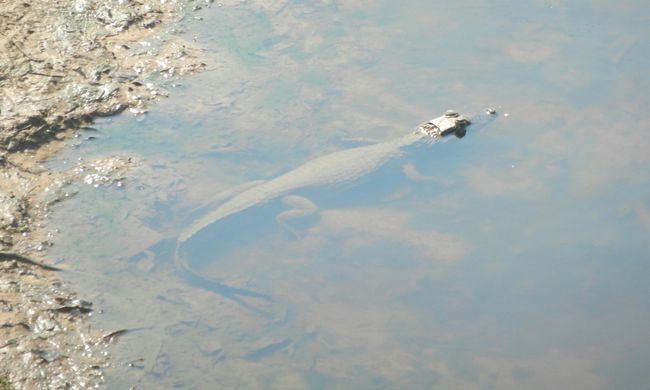
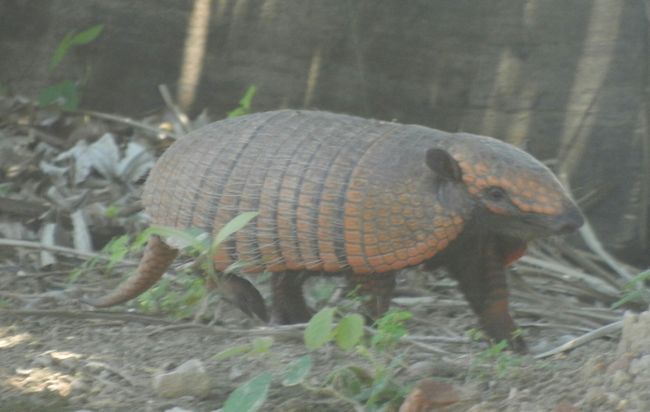
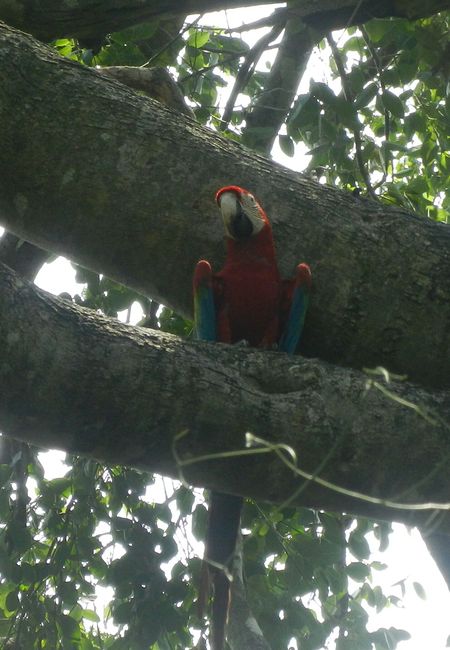
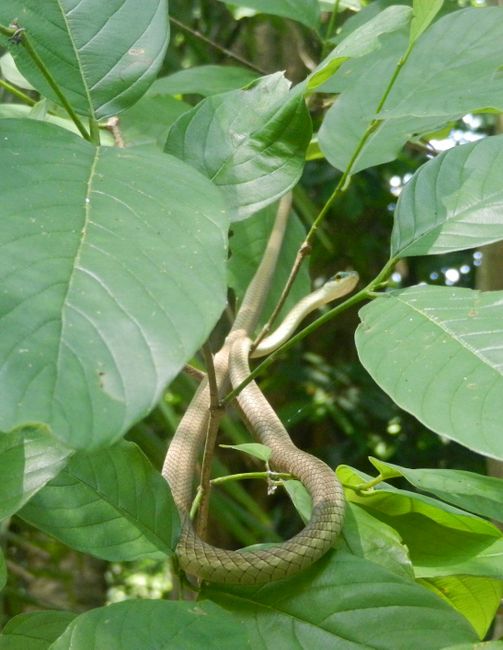
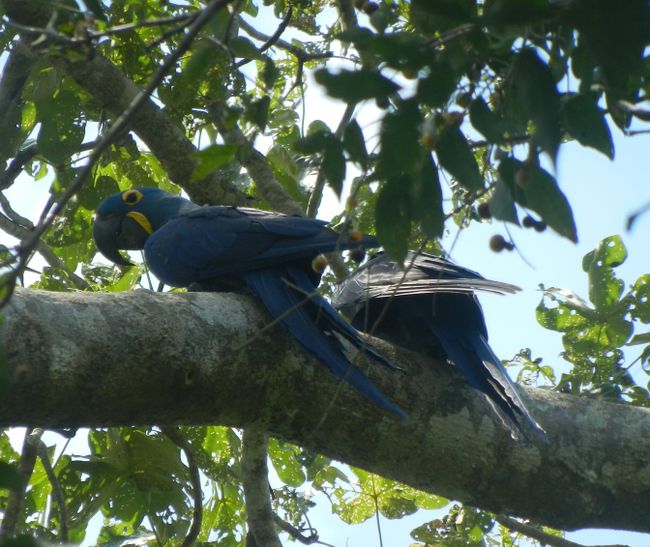
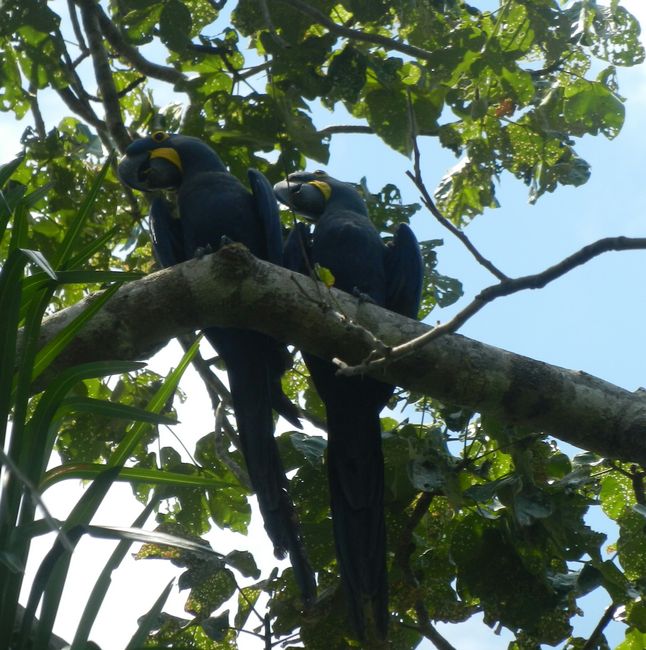
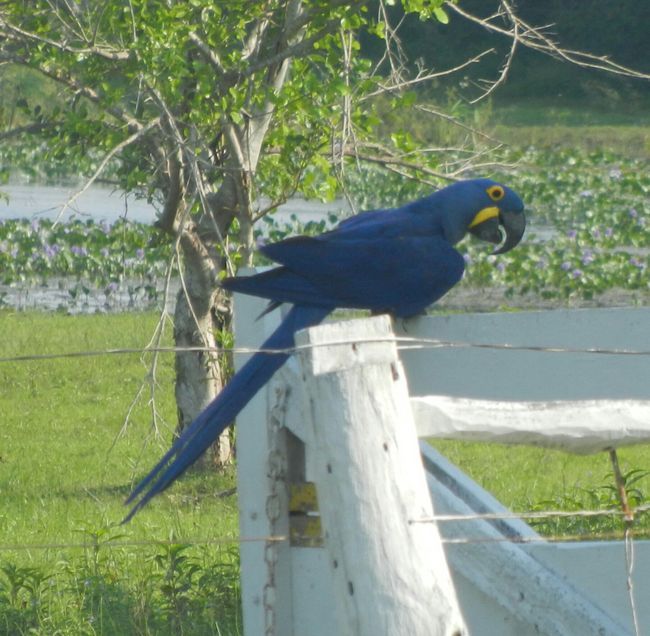
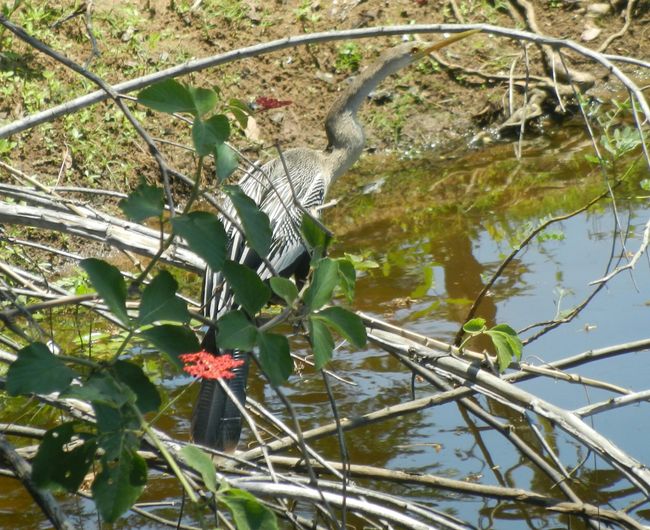
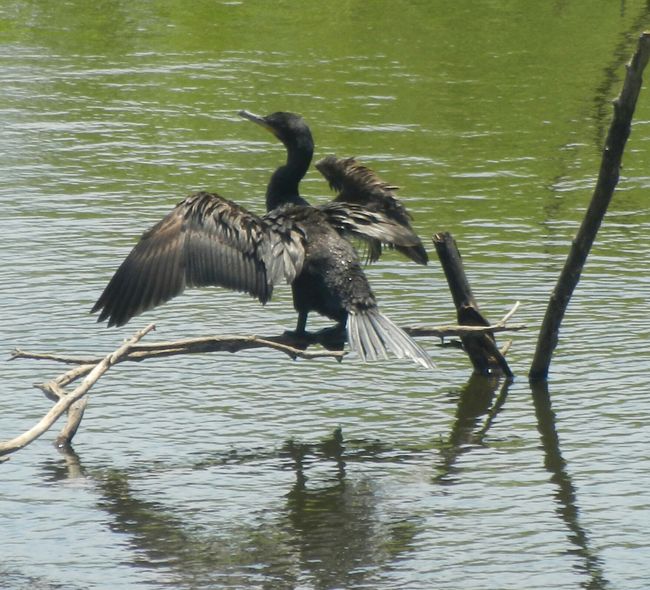
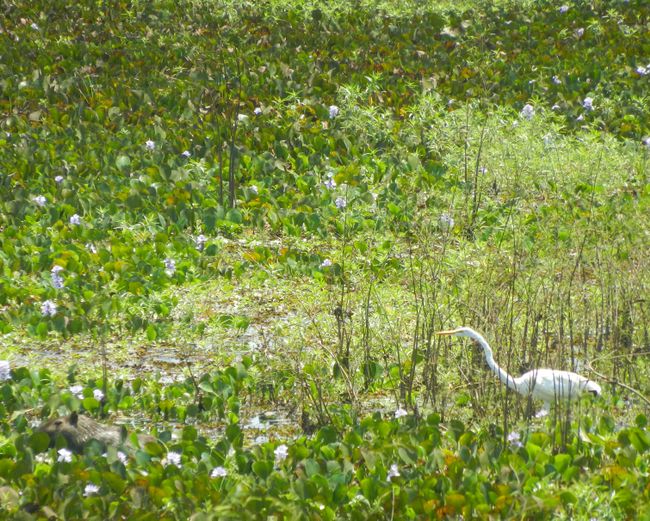
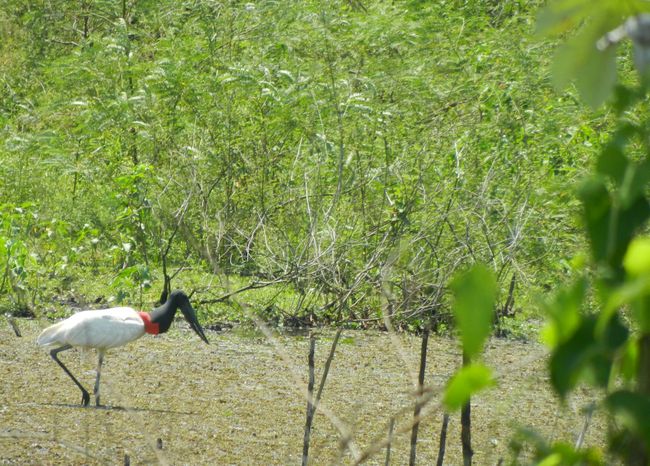
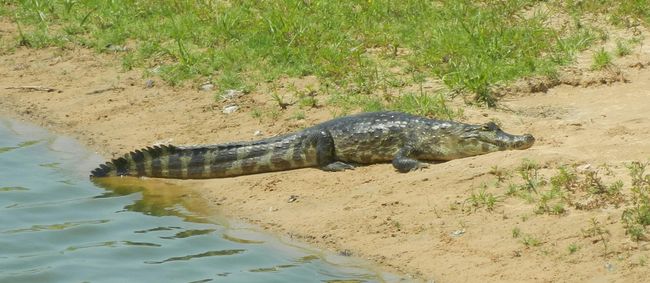
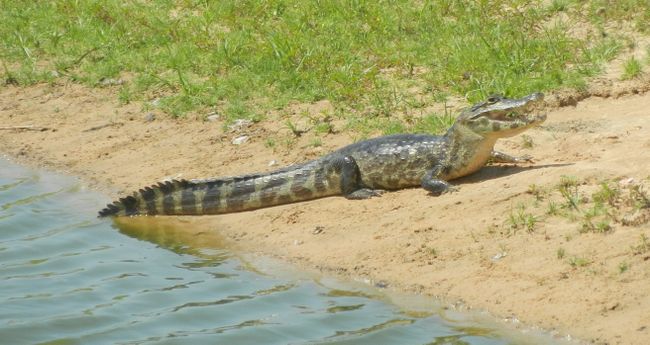
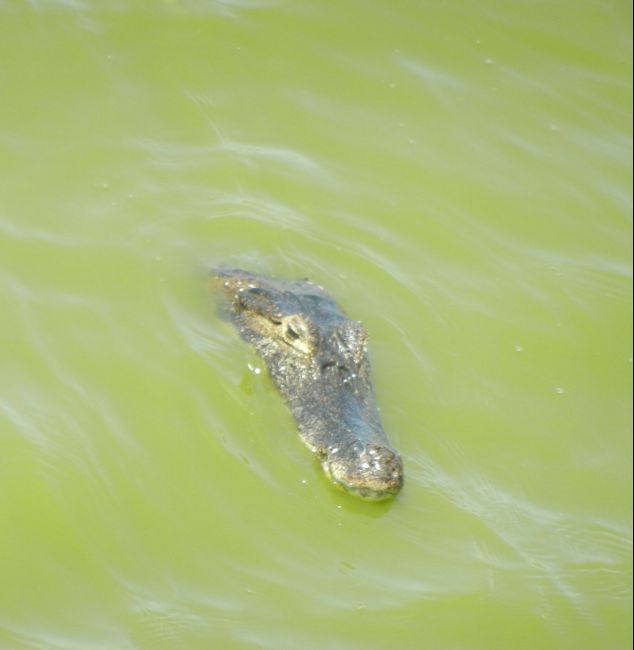
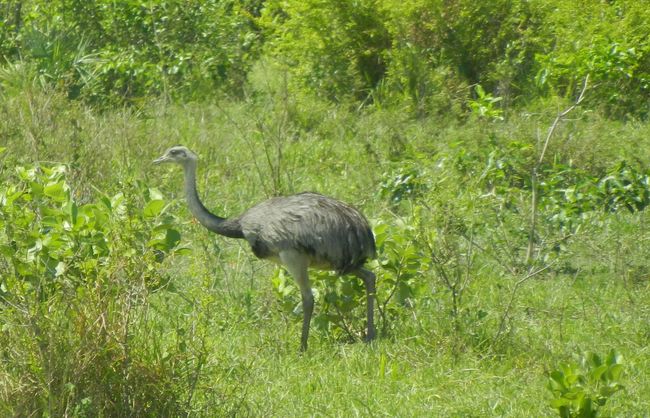
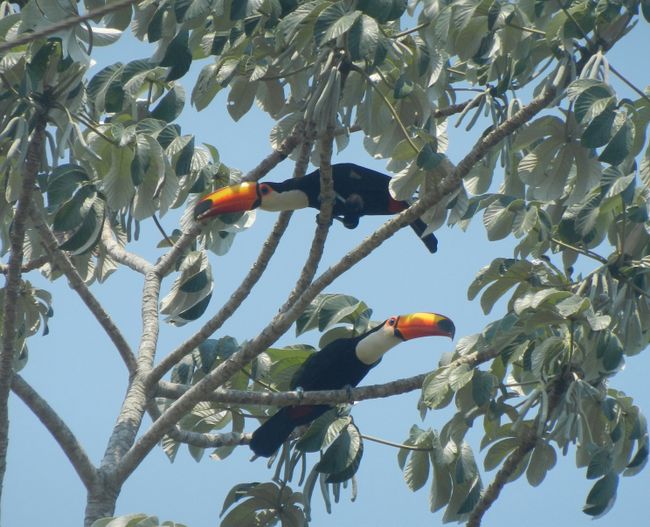
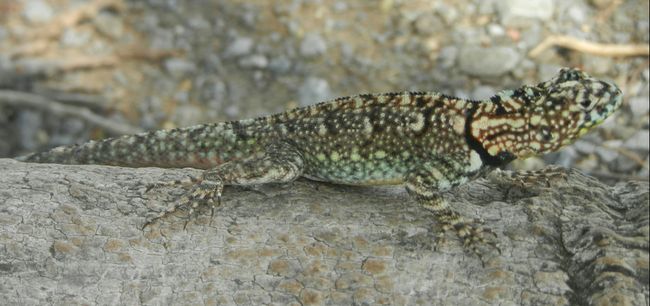
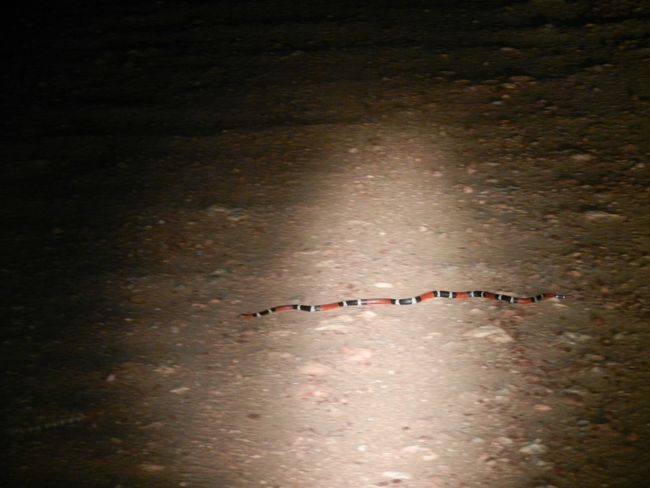
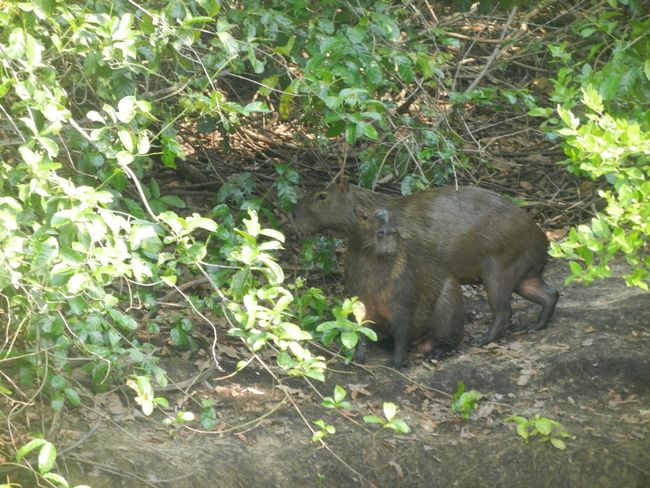
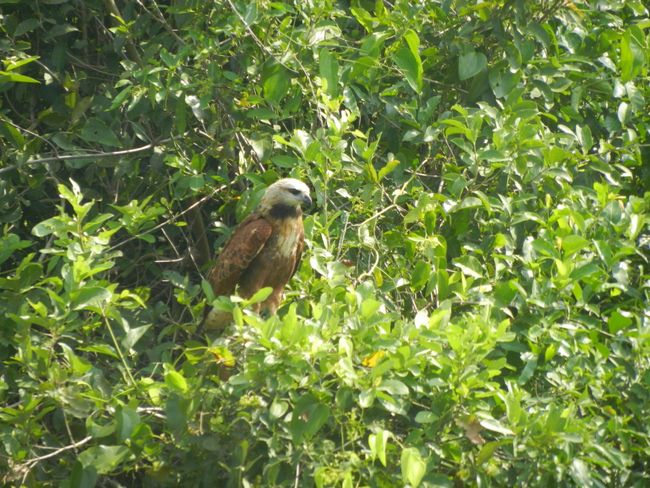
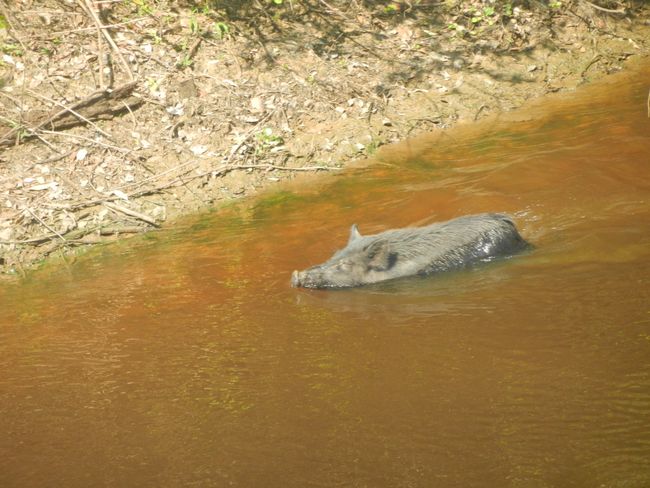
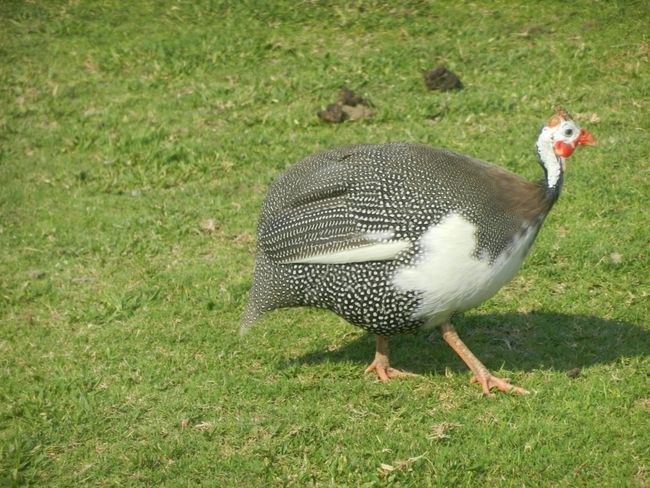
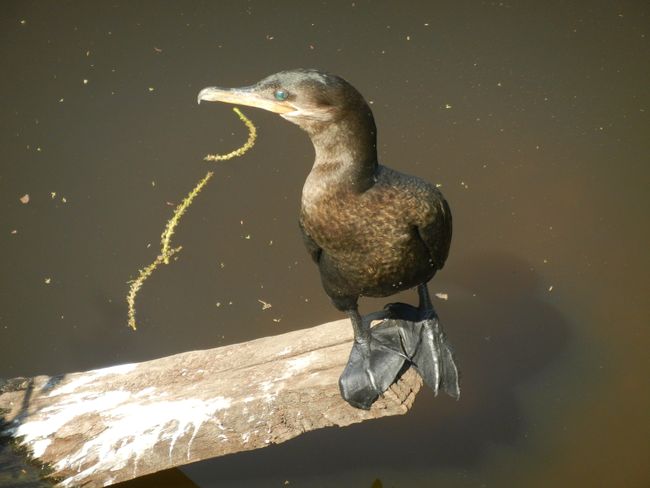
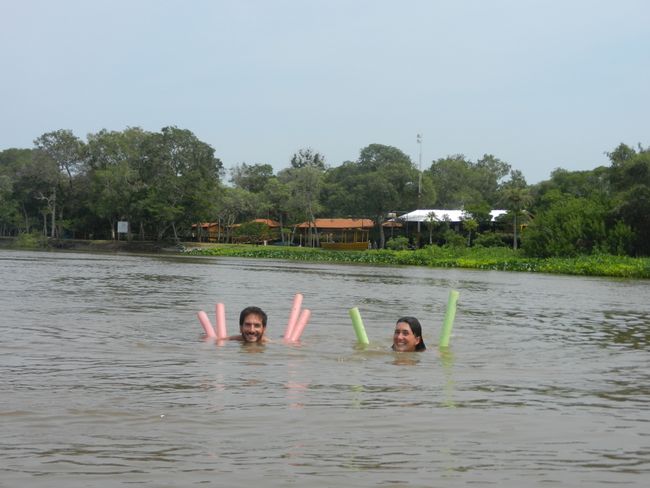
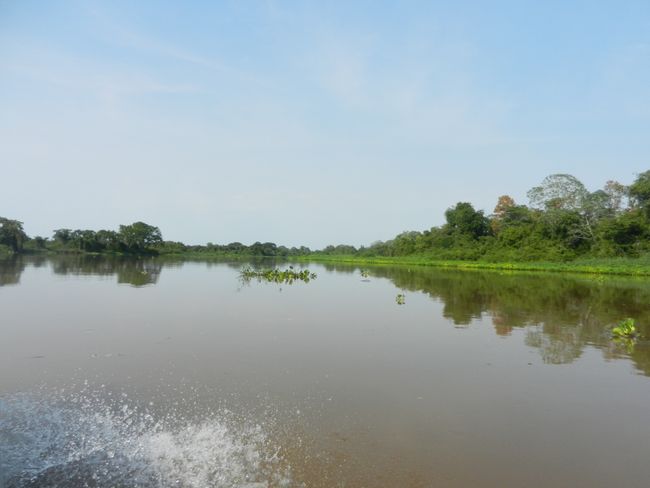
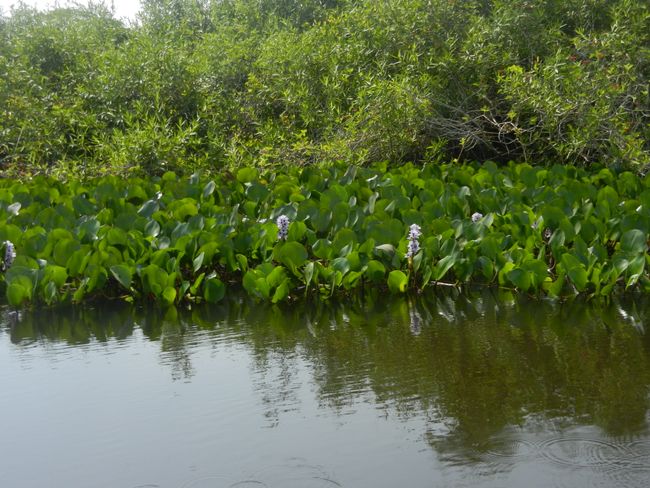
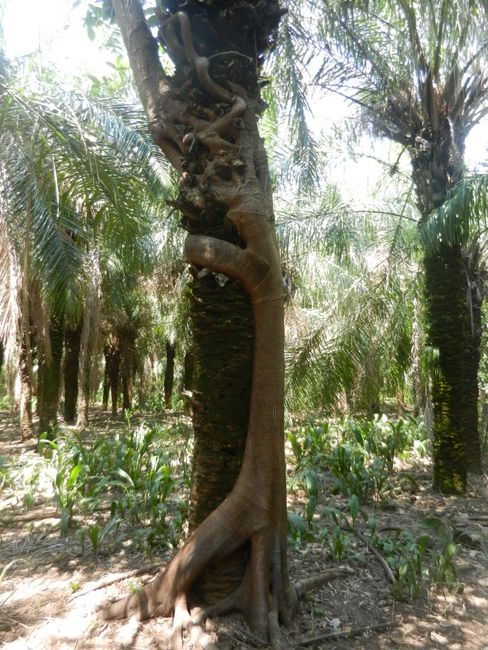
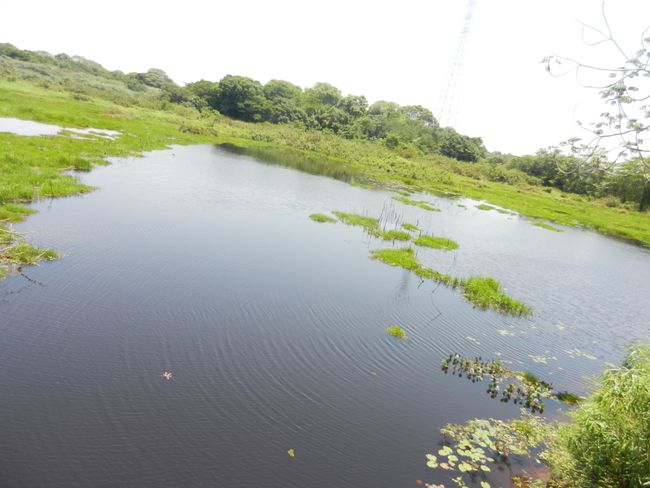
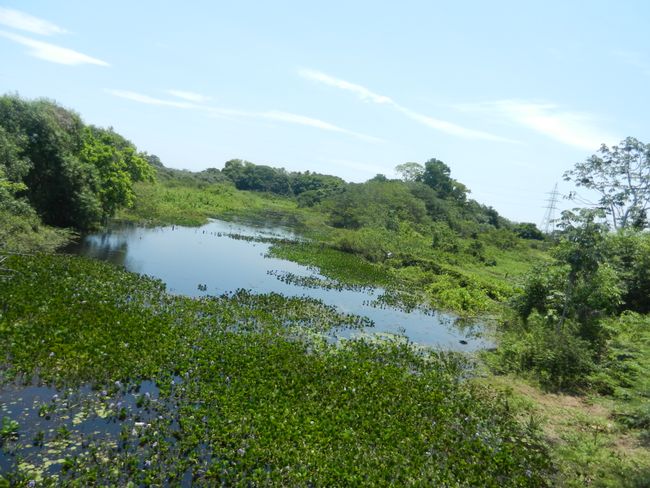
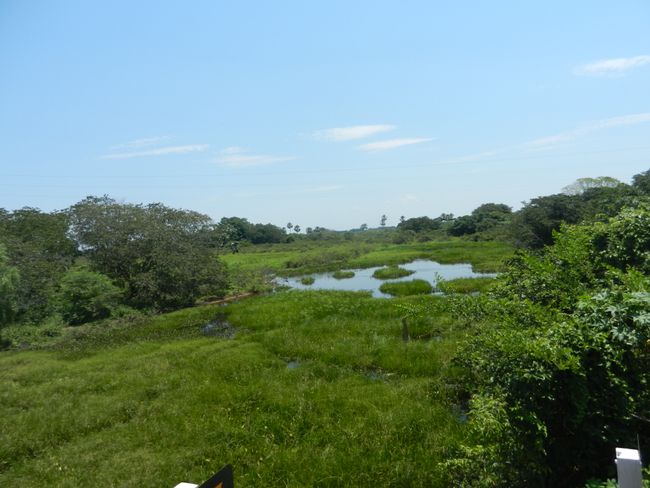
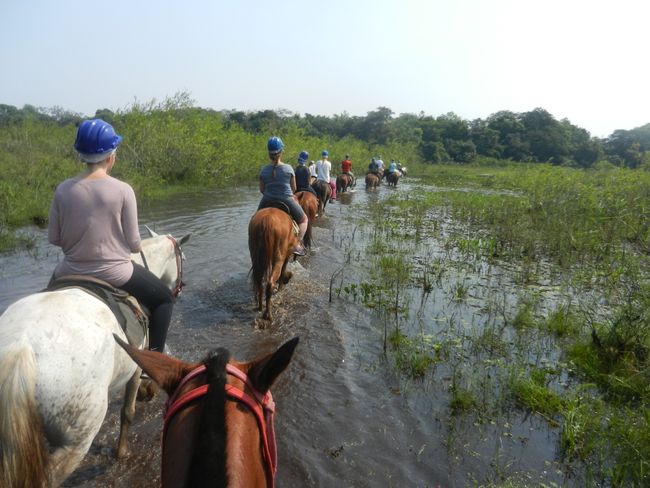
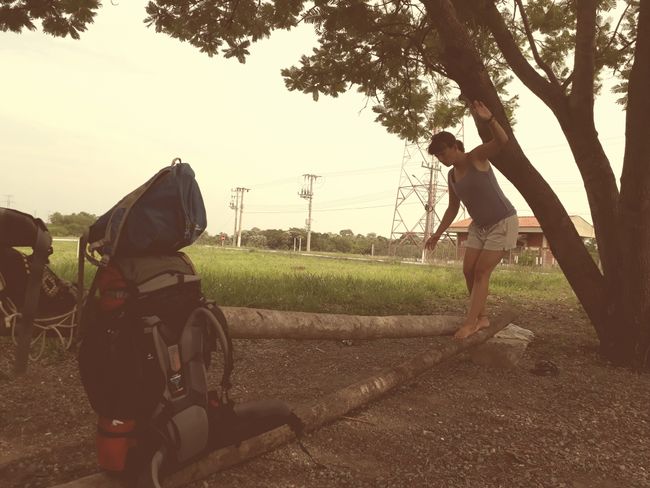
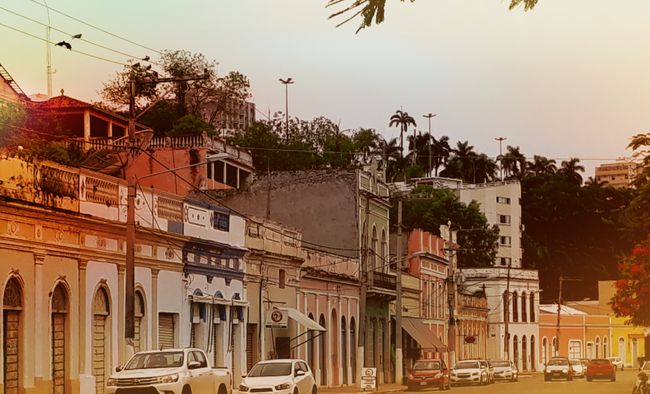
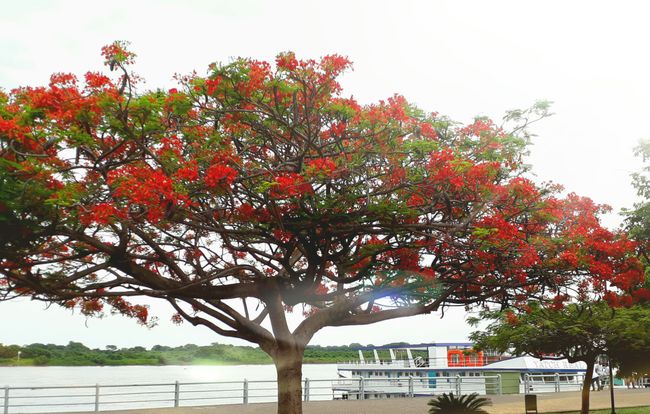
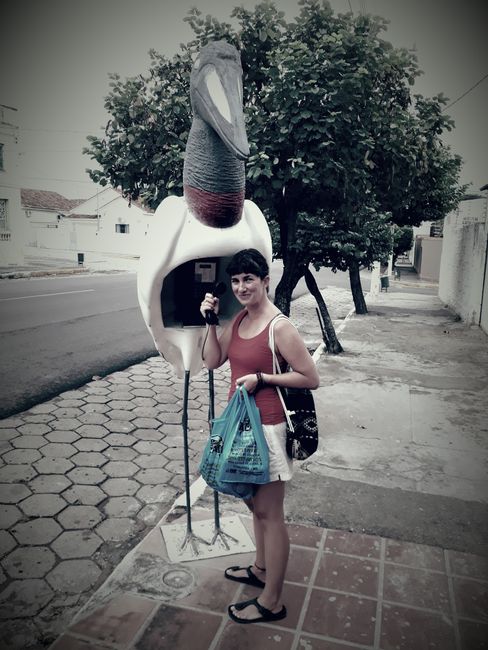
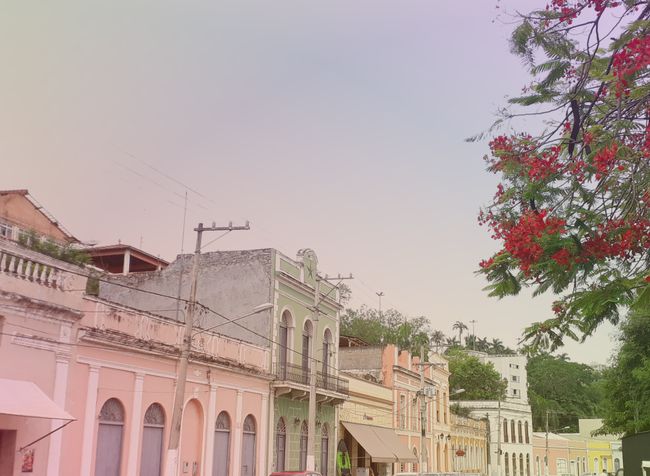
Iyandikishe mu kinyamakuru
The Pantanal is a large wetland consisting of rivers, lakes, and lagoons. It is located in the southwest of Brazil in the state of Mato Grosso do Sul. Currently, it is the dry season, which allows for better wildlife observation. During the rainy season, approximately 80% of the area is flooded, turning it into a complete swamp. Although it is a UNESCO Natural Heritage site, only a small part is actually protected, making the area highly endangered due to deforestation and pollution.
We first travel to Campo Grande, where we are staying with two very kind girls through Couchsurfing. They welcome us warmly. Campo Grande is not particularly beautiful, just a normal city. However, as we walk around the city park, we are pleasantly surprised to see capybaras, also known as water pigs, roaming around. There are also macaws and little owls in the park.
From here, we continue to the Pantanal, where we stay in a lodge recommended to us by two Dutch girls we met in Rio. It is a nice place with many animals. However, we were not entirely happy with the lodge because there were some organizational issues that caused us to be annoyed and disappointed. Well... we traveled by boat and canoe, on horseback, on foot, and even did a kind of car safari. We saw lots of birds, many caimans, plenty of frogs, a few snakes, a tarantula, coatis, marsh deer, howler monkeys, and my highlight: a cute armadillo. There are also many jaguars here, which can often be observed from the riverbank, but we were not lucky enough to see them. You can find cool videos on YouTube by searching for 'Jaguar Pantanal'.
From the lodge, we continue our journey to Corumba, a small peaceful city located on the Paraguay River, also known as the capital of the Pantanal. The town, which has a mainly indigenous population, is located right on the border with Bolivia, so we bid farewell to Brazil from here. Although we are excited to go to Bolivia, it is also a bit sad because we have become accustomed to the Brazilian sing-song and the usually cheerful nature of the Brazilians over the past few weeks, and we have only seen a small part of this huge country. But we will just have to come back 😋
The Pantanal in Brazil is located in the southwest of the country, in the state of Mato Grosso do Sul, and shares a border with Bolivia and Paraguay. Although it is a territory declared a UNESCO World Natural Heritage site, only a minimal part is protected. We are currently in the dry season, which is the perfect time to see the wildlife in specific areas. During the rainy season, up to 80% of the Pantanal area is flooded.
At first, we weren't going to go because the places we found online were quite expensive, but some Dutch girls we met in Rio recommended a place that was reasonably priced and had good reviews. To get to the Pantanal, we first went to Campo Grande, where we stayed at the house of some girls we contacted through Couchsurfing, and they received us very warmly. The city doesn't have much to offer, but we followed the recommendation of one of our hosts and went to the Indigenous Nations Park. At first glance, it's a pretty bland park in the middle of a city, but suddenly we saw capybaras living there 😀 We also saw blue macaws and a pair of owls!
The experience in the Pantanal was not bad because we saw a multitude of birds and Pantanal wildlife, as you can see in the photos, although we were not lucky enough to see a jaguar, which is quite common around here. The worst part was the lack of organization by the place where we were staying and where the activities were organized... well, and a few other things that we didn't like, but well...
The experience of being here is that it is worth coming to one of the most biodiverse places in the world, especially knowing that in a few years it may disappear unless the waters of the Pantanal stop being polluted and the forest stops being burned for plantations or livestock development. There is an endless number of incredible birds such as blue macaws or Pantanal storks. We saw caimans, armadillos, deer, capybaras, snakes, tarantulas..., in short, a marvel with beautiful landscapes full of aquatic vegetation!
Then we went to Corumba, a small town on the border with Bolivia, where we will say goodbye to Brazil and explore Bolivia!
Iyandikishe mu kinyamakuru
Igisubizo
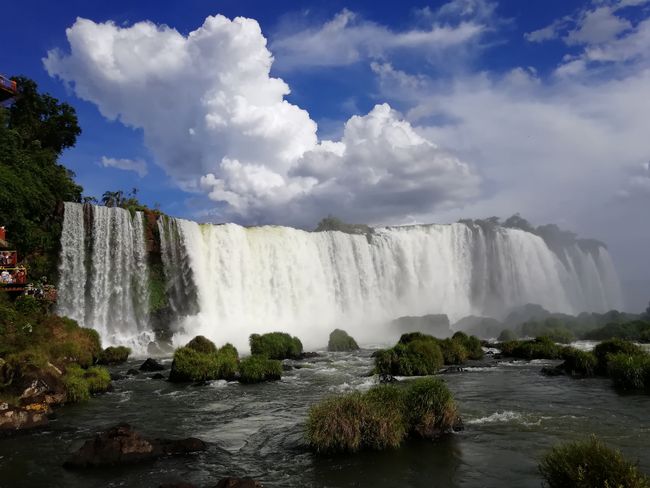
Raporo yingendo Burezili
